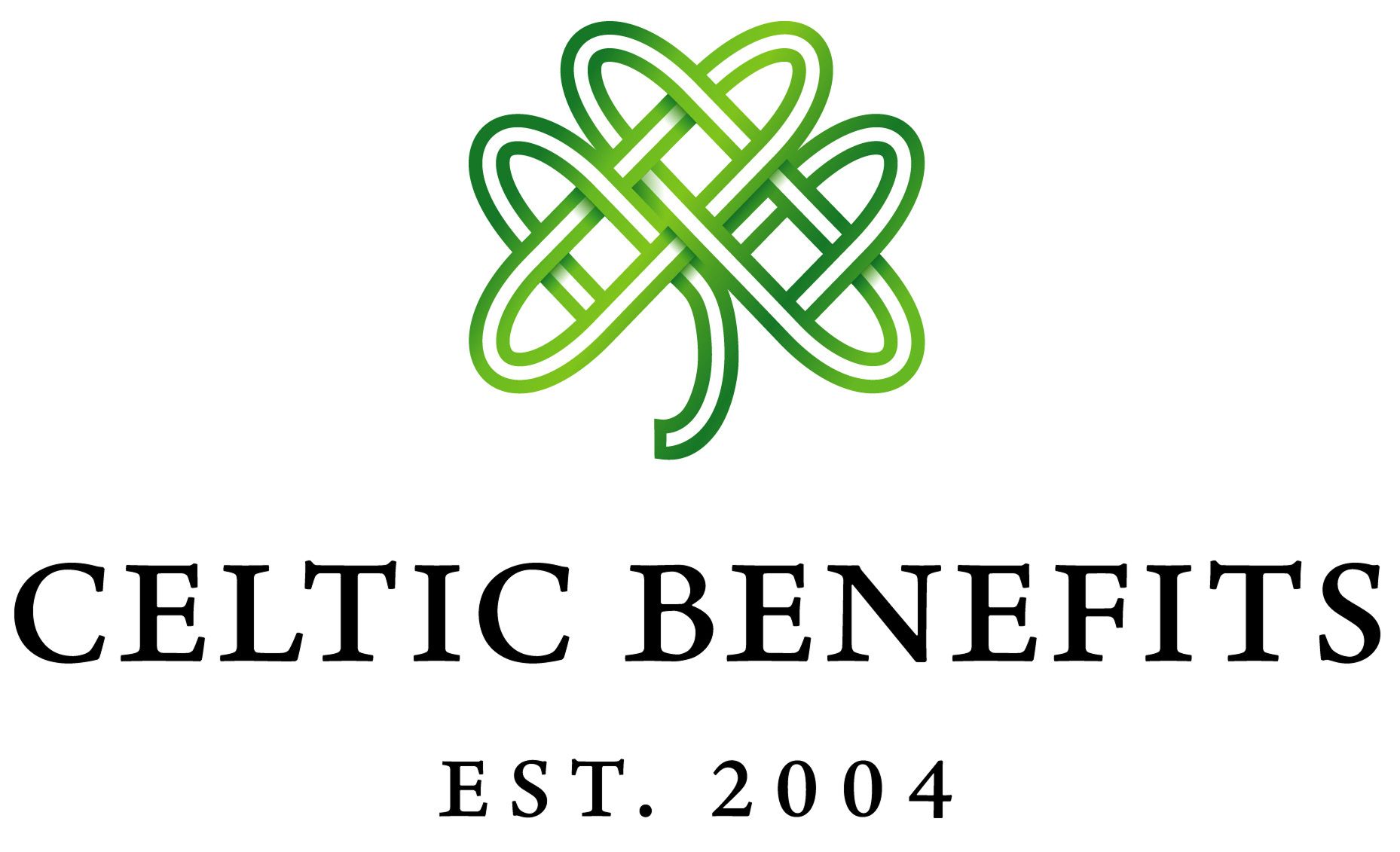The landscape of employee benefits is more complex than ever, making it imperative for employers to create packages that not only meet legal requirements but also attract and retain top talent. Understanding the three types of employee benefits—legally required, industry-standard, and fringe benefits—can help employers design a balanced and effective benefits package.
Industry-Standard Benefits
To stay competitive, employers need to offer industry-standard benefits. These include essential offerings such as health insurance, 401(k) plans, paid time off, and disability insurance. Industry norms often dictate what is considered standard, and these can vary across different sectors. By ensuring that these benefits are part of their package, companies can meet the expectations of their employees' needs.
Legally Required Benefits
At the minimum, businesses must provide legally required benefits like Social Security, Medicare, unemployment insurance, and workers' compensation. Additionally, companies with 50 or more full-time employees must offer health insurance as mandated by law. These benefits form the foundation of an employee's well-being and act as the baseline for care.
Fringe Benefits
Fringe benefits are voluntary perks that can differentiate one employer from another. These include mental health support, flexible work arrangements, gym memberships, child care, and professional development opportunities. In a competitive job market, these benefits can be crucial in attracting in-demand talent.
Employers who recognize the importance of a thoughtfully structured benefits package can strengthen their position in the job market while staying within budget. By evaluating their current offerings and consulting with HR professionals or benefits consultants, companies can adjust their benefits packages to be more competitive and appealing to top talent.

